What does cybersecurity mean in today’s digital world? It protects systems, networks, and programs from digital attacks that could expose sensitive information. The number of connected devices now exceeds the world’s population, which makes cybersecurity more challenging and crucial than ever.
Technology powers everything from our daily communications to transportation systems. This heavy reliance makes our personal data especially vulnerable when you have weak security measures. A single major data breach in 2017 exposed 147 million people’s personal information. Ransomware attacks have grown 13% over the last several years, and each incident costs $1.85 million on average.
Security threats keep evolving, and organizations continue to increase their defense spending. Gartner expects worldwide security spending to hit $210 billion in 2024 and reach $314 billion by 2028. Malware, phishing, and ransomware are common threats that make cybersecurity knowledge essential for everyone, not just IT professionals.
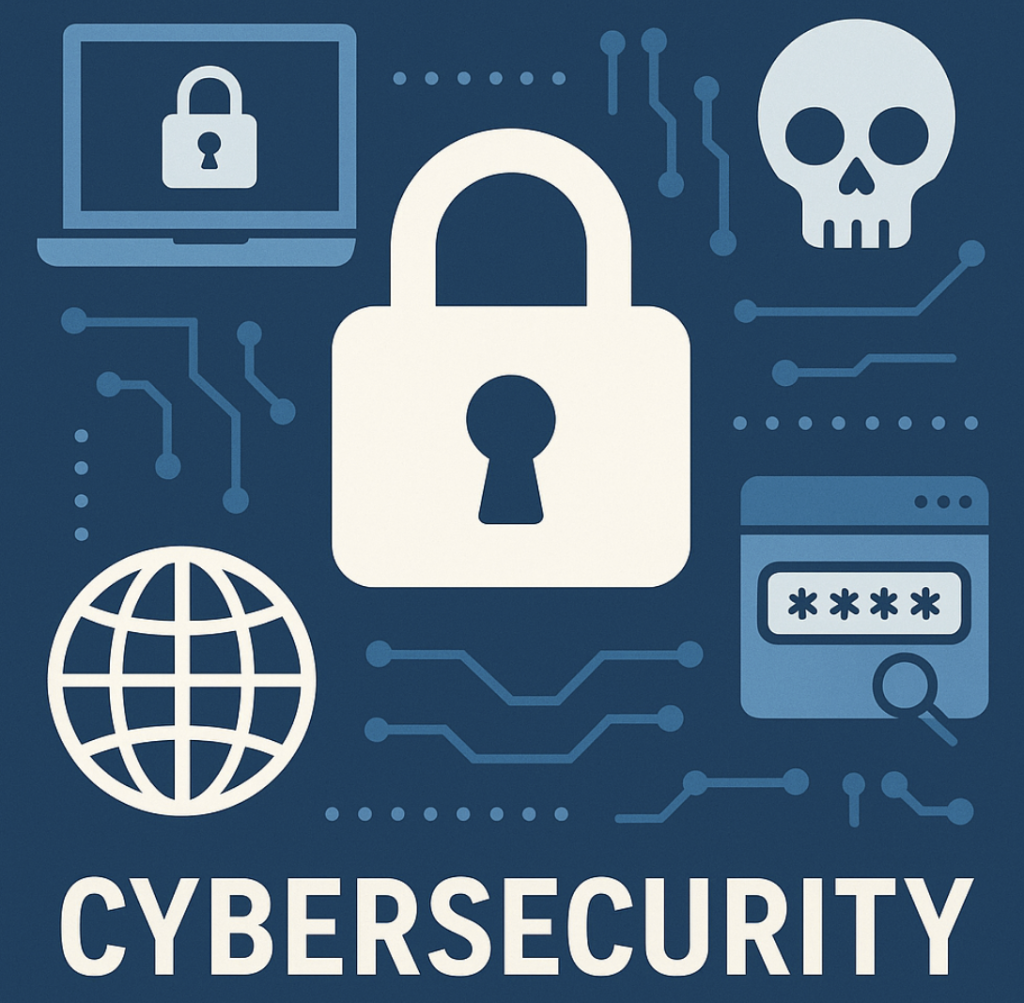
What is Cybersecurity?
Cybersecurity forms the backbone of digital safety in our connected world. The growing number of cyber threats makes it vital for every device user to learn about this field.
Cybersecurity definition in simple terms
Cybersecurity protects systems, networks, programs, devices, and data from digital attacks or unauthorized access. It keeps computer systems and electronic data safe from harm. The term includes all technologies, processes, and controls that defend digital assets against exploitation. You can think of cybersecurity as a digital shield protecting everything from your smartphone to massive corporate networks. This shield guards the confidentiality, integrity, and availability of information in the digital world.
What does cybersecurity do?
Multiple layers of protection spread across computers, networks, programs, and data make cybersecurity work.
- Protection of devices and systems from unauthorized access
- Prevention of damage to electronic communications systems
- Safeguarding data stored within these systems
- System restoration after security incidents
Cybersecurity helps prevent data breaches, defends against malware and ransomware, blocks phishing attempts, and keeps business operations running smoothly. The challenge grows bigger today because devices outnumber people, and attackers keep developing new methods.
How cybersecurity is different from information security
People often use these terms interchangeably, but cybersecurity and information security have different focuses. Cybersecurity deals with protecting digital information and systems from online threats. Information security takes a broader approach and includes the protection of all information assets, whether digital or physical documents.
Cybersecurity focuses on protecting digital data from online attacks, while information security handles both online and offline threats. Information security’s scope includes encryption, endpoint security, and physical security of information assets.
Cybersecurity experts focus on actively protecting servers, networks, and digital systems. Information security professionals cover the complete spectrum of information protection whatever the format. Organizations can develop better strategies to protect their valuable data when they understand these differences.
Why is Cybersecurity Important Today?
The digital world faces new challenges as cyber threats multiply faster than ever.
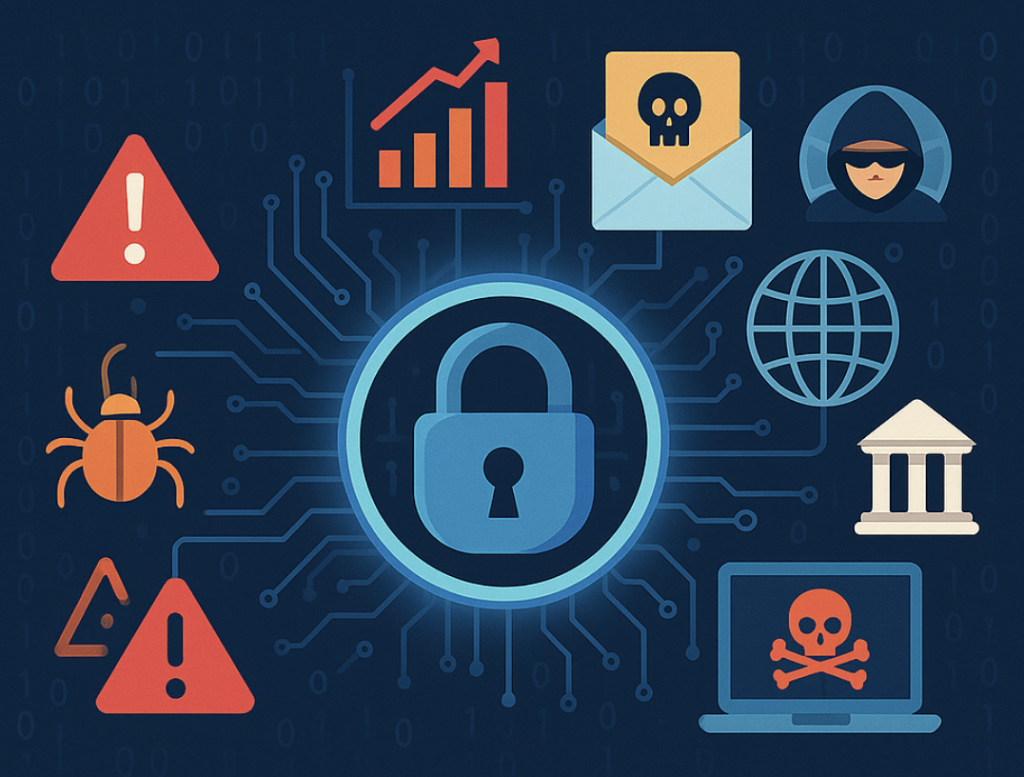
The growing scale of cyber threats
Cyber risks have exploded in the last several years. Data shows 83% of organizations dealt with multiple data breaches during 2022. Ransomware attacks jumped by 13%, matching the total increase from the previous five years combined. This trend shows no signs of slowing down. Experts project cybercrime costs to hit USD 10.5 trillion yearly by 2025. Some predictions suggest this number could reach USD 23 trillion by 2027. The average cost of a data breach now stands at USD 4.88 million.
Impact on individuals and businesses
Cyberattacks can lead to identity theft, financial losses, and emotional distress if you have personal information exposed. Businesses face even tougher challenges. Companies must deal with trading disruptions, customer losses, and damaged relationships with investors.
- 60% of small businesses close after a cyberattack
- Companies faced 31% more attacks in 2021 compared to the previous year
- Security breaches cost smaller businesses USD 3,550 per incident on average
Big companies aren’t safe either. US credit reporting agency Equifax paid over USD 1 billion in penalties after its 2017 data breach affected around 150 million consumers.
Benefits of cybersecurity for society
Strong cybersecurity protects vital infrastructure that modern society needs to function. The Colonial Pipeline attack in 2021 showed this clearly. Cybercriminals shut down a pipeline carrying 45% of the East Coast’s fuel supply and caused widespread shortages.
Cybersecurity helps maintain economic stability beyond protecting infrastructure. Klaus Schwab, founder of the World Economic Forum, puts it clearly: “A lack of cybersecurity has become a clear and immediate danger to our society worldwide.” Strong protection measures keep businesses running, protect financial systems, and maintain public trust in digital services.
Good cybersecurity also boosts human rights, basic freedoms, and trust in institutions.
Real Cybersecurity Threats You Should Know
Cyber criminals develop sophisticated attack methods every day that put our digital lives at risk. You need to understand these threats to protect yourself.
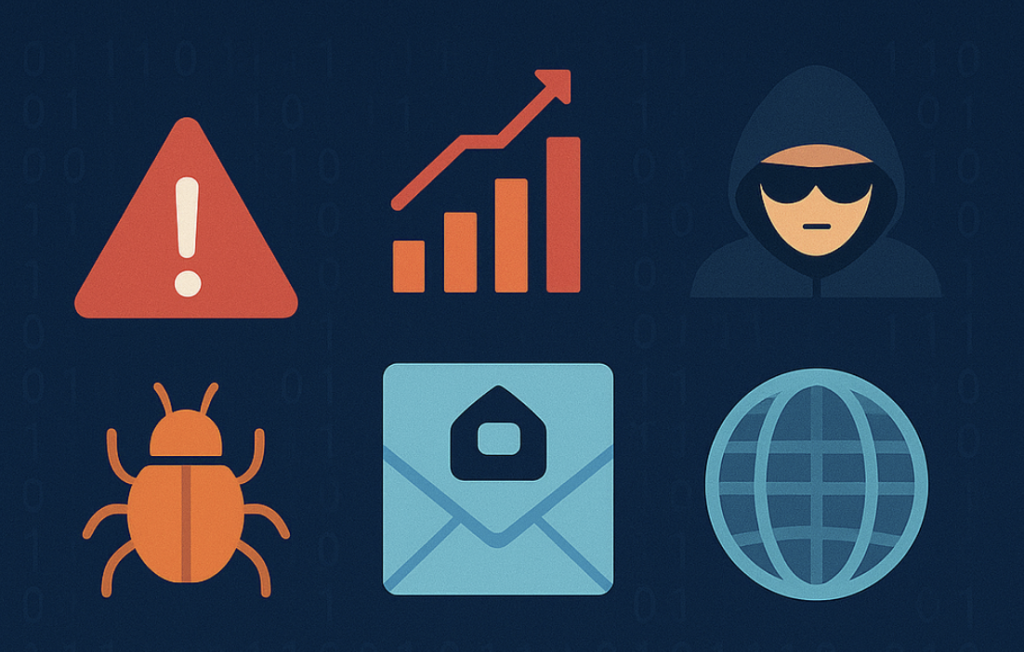
Phishing and social engineering
Social engineering attacks target human psychology instead of technical vulnerabilities. Phishing remains the most common form and uses fraudulent emails, texts or websites that look legitimate to steal sensitive information. Attackers often exploit current events like natural disasters, health crises, and holidays.
- Smishing uses SMS/text messages containing malicious links
- Vishing exploits voice communication, often spoofing caller IDs
- Whaling targets high-level executives after extensive research
Phishing stands out as one of the biggest cybersecurity threats today. FBI data shows these incidents nearly doubled in 2020 compared to 2019.
Ransomware and malware
Malware is malicious software designed to damage systems and includes many attack types. Ransomware proves especially devastating as it encrypts victims’ data and demands payment to restore it. These attacks grew by 47% since 2018. The average annual cost of such incidents now reaches $11.50 million.
Man-in-the-middle and DDoS attacks
Man-in-the-middle attackers position themselves between two communicating parties to intercept data. Email hijacking, Wi-Fi eavesdropping, or session hijacking make these attacks possible.
DDoS attacks work differently by overwhelming systems with excessive traffic from multiple sources. While these attacks typically don’t result in data loss, organizations spend substantial time and resources to restore operations.
Insider threats and data breaches
Data breaches originate from insider threats 60% of the time. These threats come from people who have legitimate access to company systems and can be:
- Unintentional through negligence or accidents
- Intentional motivated by grievances or financial gain
- Collusive through collaboration with external threat actors
Insider threats pose danger because they take an average of 85 days to identify and contain.
How to Protect Yourself from Cyber Attacks
You need to take action against cyber threats in our interconnected world. Several proven measures can substantially reduce your risk of becoming a victim.
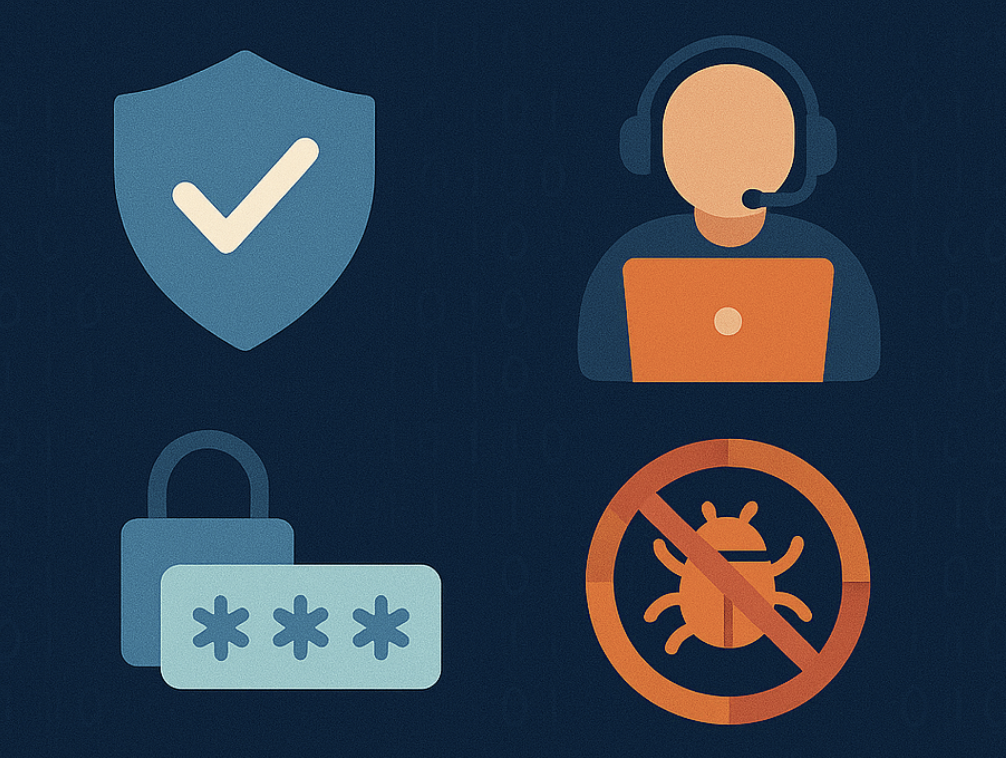
Use strong and weird passwords
Strong passwords serve as your first defense against cybercriminals. Your passwords should be at least 16 characters long. It also helps to combine uppercase and lowercase letters, numbers, and special characters while avoiding personal information or common words.
Each account needs a different password. This strategy prevents hackers from accessing all your accounts if one password gets compromised. Password managers like NordPass can generate and store these complex passwords, so you just need to remember one master password.
Enable multi-factor authentication
Multi-factor authentication (MFA) adds a vital second layer of protection. Users with MFA enabled are nowhere near as likely to get hacked. Someone who knows your password still cannot access your account without the second verification factor.
- Text message or email codes
- Authenticator apps
- Biometrics (fingerprints or face scans)
- Physical security keys
Keep software and systems updated
Security patches in software updates fix vulnerabilities that hackers could exploit. Your operating system, applications, web browsers and antivirus programs should update automatically.
CISA reports that malicious actors actively look for unpatched security flaws—updates cannot protect you if you don’t install them quickly.
Avoid suspicious links and attachments
You should verify the sender’s identity before clicking links or downloading attachments. The actual URL appears when you hover over links (without clicking). Emails with urgent language, grammatical errors, or generic greetings often indicate phishing attempts.
Use antivirus and firewall tools
Quality antivirus software with firewall protection adds essential security layers. Norton 360 monitors both incoming and outgoing traffic. McAfee offers behavior-based virus detection, while AVG provides improved firewall capabilities.
Back up your data regularly
The 3-2-1 backup strategy works best: keep three copies of your data (original plus two backups), store them on two different media types, and keep one copy offsite. Daily or weekly automated backups protect you against ransomware and threats.
These cybersecurity practices are the foundations of an effective defense system that substantially reduces your vulnerability to growing threats.
Cybersecurity is important in your daily life
Cyber threats come in many forms. Criminals use phishing to exploit human behavior instead of technical flaws. Ransomware criminals hold your data hostage until you pay up.
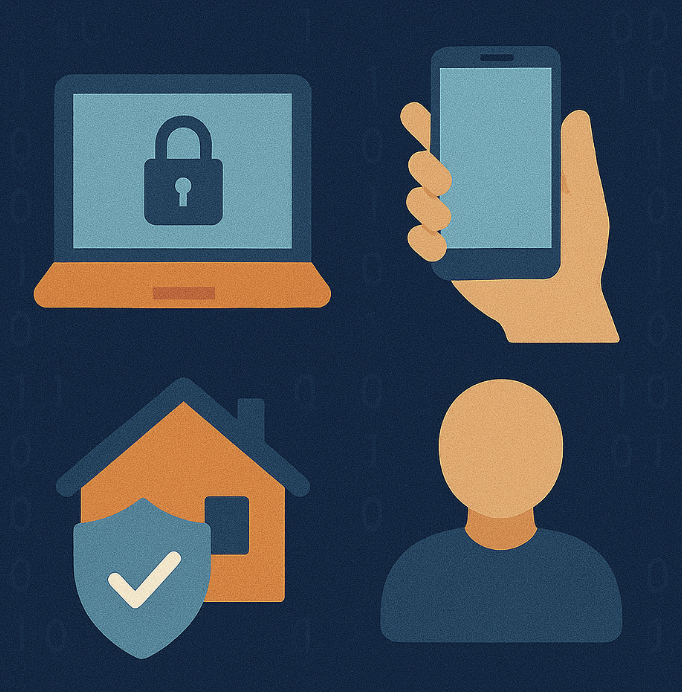
Man-in-the-middle attacks sneak between your communications. Data breaches paint an even darker picture – insider threats cause 60% of them and can stay hidden for months.
You now know how to protect yourself better. Strong passwords create your basic shield, while multi-factor authentication adds a security layer that works. Your software needs regular updates to block hackers from finding weak spots. Being careful with links and attachments, plus good antivirus software, cuts your risk by a lot. Data backups help you bounce back if other defenses fail.
Cybersecurity belongs to everyone, not just IT teams. Threats will keep changing, but these protective steps give you a reliable way to guard your digital life. Take action today and you’ll be much safer from cyber threats tomorrow.
Cybersecurity FAQs
What are the most common cybersecurity threats individuals face today?
The most prevalent cybersecurity threats include phishing attacks, ransomware, malware, man-in-the-middle attacks, and insider threats. Phishing uses deceptive emails or websites to steal information, while ransomware encrypts data for ransom. Malware is malicious software designed to damage systems, and man-in-the-middle attacks intercept communications between parties.
How can I create a strong password to protect my accounts?
A strong password should be at least 16 characters long, combining uppercase and lowercase letters, numbers, and special characters. Avoid using personal information or common words. Use unique passwords for each account and consider using a password manager to generate and store complex passwords securely.
What is multi-factor authentication and why is it important?
Multi-factor authentication (MFA) adds an extra layer of security by requiring a second form of verification beyond your password. This can include text message codes, authenticator apps, biometrics, or physical security keys. MFA significantly reduces the risk of unauthorized access, even if your password is compromised.
How often should I update my software and systems?
It’s crucial to keep your software and systems updated regularly. Enable automatic updates for your operating system, applications, web browsers, and antivirus programs. These updates often include security patches that fix vulnerabilities hackers could exploit. Prompt installation of updates is essential for maintaining your digital security.
What should I do to protect myself from phishing attacks?
To protect against phishing, verify the sender’s identity before clicking links or downloading attachments. Hover over links to examine the actual URL without clicking. Be cautious of emails with urgent language, grammatical errors, or generic greetings. Use antivirus software and enable spam filters. Stay informed about current phishing tactics and trust your instincts if something seems suspicious.
